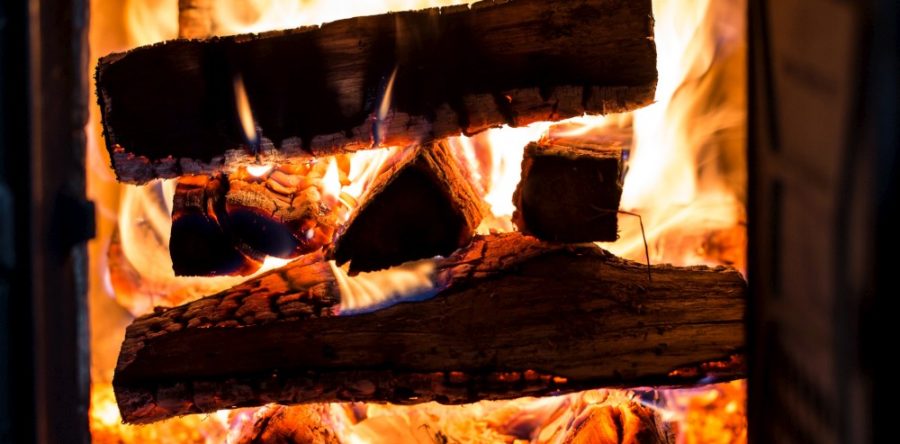When you bought your wood stove, you were expecting to bring home an appliance that would supplement your indoor heating, likely with an eye on reducing utility bills. You may have purchased the stove to be a nice visual amenity within your home, as well. Maybe you bought the style of wood stove that can double as a cooking surface in the event of a power outage or just to have another place to prepare food.
Now you’ve got your new stove set up, and you’re encountering a couple of “problems” you never expected when you made the purchase. Relax. Your “problems” are most likely easy to solve.
Wood stove troubleshooting in most cases revolves around two main issues: 1. A weird paint smell, and 2. Smoke in the house. Let’s talk about each one.
Wood stove creates the smell of paint
When a surface is painted, it takes time for the paint to fully cure. If fire comes into contact with paint in this stage, it creates a paint smell that is fairly easy to recognize. First, don’t worry that the flames will negatively affect the paint, because they won’t. Second, if you give your stove a few days to “adjust,” the smell of paint should be gone. If, however, you keep smelling paint for more than four or five days, it’s best to contact the manufacturer or the store where you bought the stove.
Smoke in the house
Probably the biggest complaint people have with wood stoves – both old and new – is smoke being released into the house. If that’s happening with your stove, here are some areas to investigate.
- Check the cap. If you’re venting your stove through a chimney and there’s a cap on it or on the flue pipe, it’s possible that it has become clogged, preventing smoke from exiting into the outdoors. In weather that’s cold and wet, spark screens on chimney caps can become sticky and trap a lot of combustion particles. Clean the screen, or have it cleaned.
- Chimney obstruction. Chimneys can become partially blocked by a variety of objects including twigs, leaves, bird’s nests and the like. If you suspect this is the case, have a professional chimney inspection and cleaning.
- Bad door seal. If the door to your wood stove doesn’t create a tight seal, smoke may be able to escape and infiltrate your home. This is unlikely with a new stove, but depending on the age of the appliance, the problem may be as simple as a worn gasket, or in the worst case you may need a replacement door. Inspect the door and gasket and determine the right fix for this problem.
- Green wood. You should only burn “seasoned” (dry) wood in your stove. Burning green wood will produce excess smoke due to inefficient combustion. If this is the reason for your smoke problem, it’s easy to fix by purchasing only seasoned wood or giving the wood you chop yourself sufficient time to fully dry out.
- Lack of draft. If your home is very air tight, there might not be enough of a draft to allow smoke to be pulled into the ventilation system. Try opening a window just a crack. If the problem continues, it’s probably best arrange for an inspection of your home and stove.
We Love Fire wants you to fully enjoy your wood stove. Do you need help troubleshooting problems or issues? The experts at our member stores throughout North America can help. If you’re in the market for a new wood-burning stove, we’re your first stop for the widest selection from top manufacturers.




2 Responses